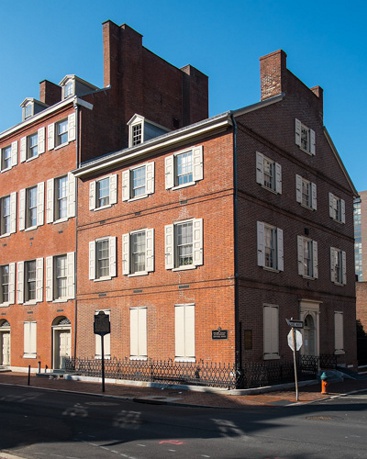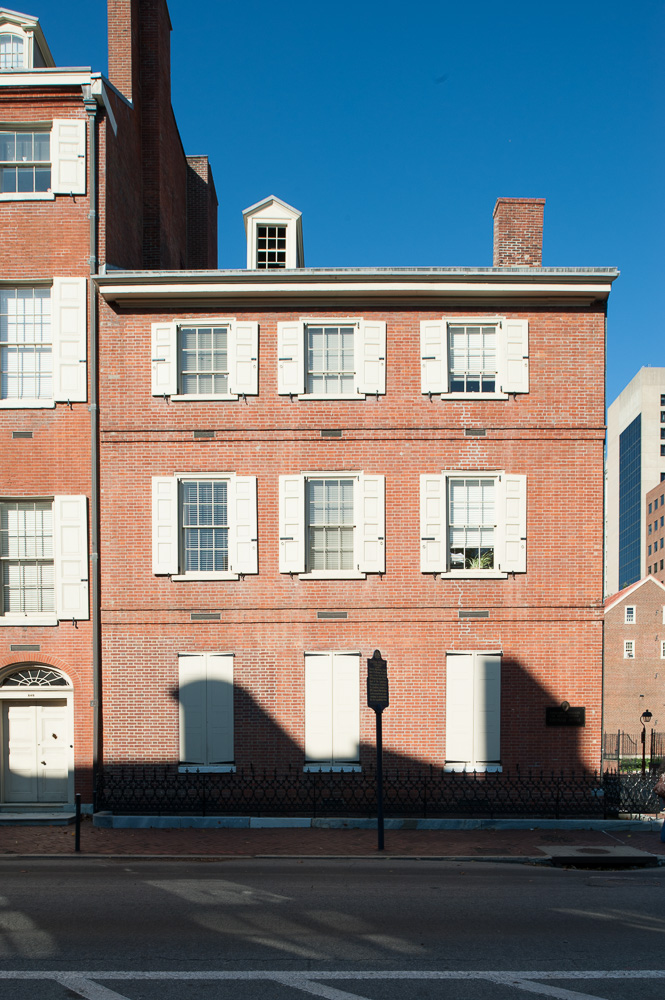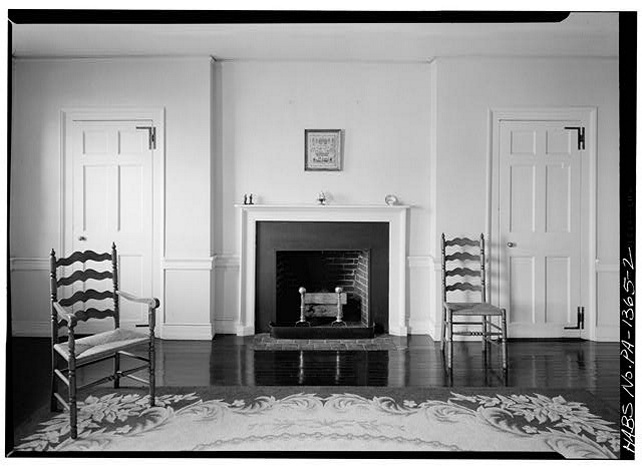Exterior
5/5
Interior
2/5
Site
1/5
History
5/5
Overall
4/5
This large but subdued house was home to two of Colonial America’s most famous physicians and educators. With its two large symmetrical facades it presents an impressive statement to the street.
Closed


